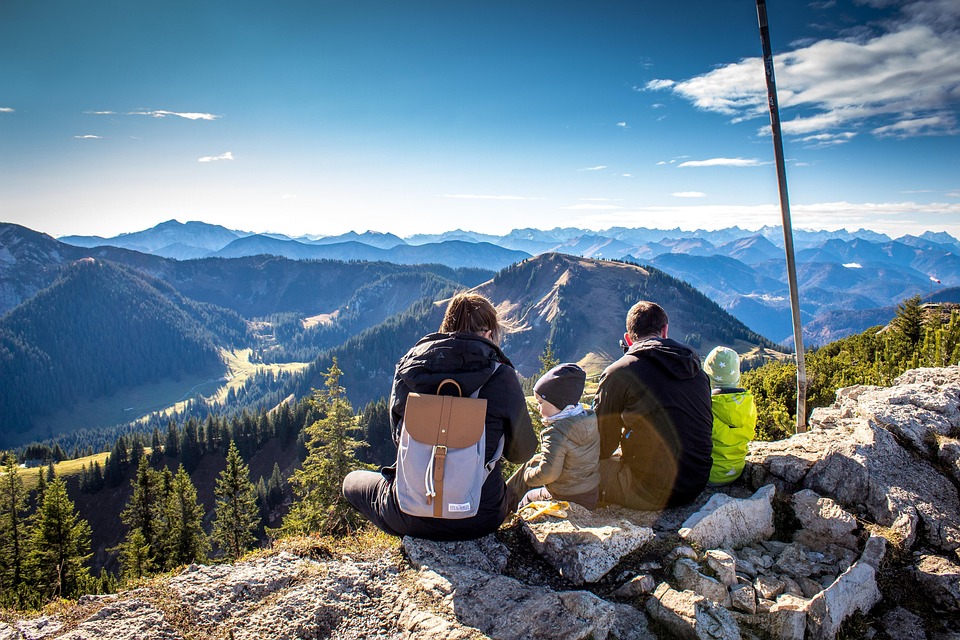Discover the Nordic countries: Norway, Sweden, Denmark, Finland, Iceland
Scandinavia is a large region in the north of Europe’Europe which consists mainly of the Scandinavian peninsula. It includes the countries of Norway and Sweden. Neighboring Denmark and Finland, as well as the’The following are also considered part of this region.
Geographically, the Scandinavian peninsula is the largest in Europe’Europe, s’extending over’above the Arctic Circle to the north’on the shores of the Baltic Sea and covering about 289.500 square miles. You can learn more about the Scandinavian countries, their population, their capitals and their history’other facts with this list.
Discover the Nordic countries:
Norway
Norway is located on the Scandinavian peninsula, between the North Sea and the Atlantic Ocean’North Atlantic Ocean. It has an area of 125,020 square miles (323,802 km2) and a coastline of 15,626 miles (25,148 km).
Norway’s topography is varied, with high plateaus and rugged glacial mountain ranges that are separated by fertile valleys and plains. The equally rugged coastline is made up of numerous fjords. The climate is temperate along the coast due to the North Sea current’North Atlantic, while inland Norway is cold and wet.
Norway has a population of approximately 5,353,363 (2018 estimate) and its capital is Oslo. Its economy is growing and relies mainly on industries including oil and gas, shipbuilding and fishing.
Sweden
Also located on the Scandinavian peninsula, Sweden is bordered by the’west by Norway and to the’is by Finland, the country is bordered by the Baltic Sea and the Gulf of Bothnia. Sweden covers an area of 173,860 square miles (450,295 km2) and has a coastline of 1,999 miles (3,218 km).
Sweden’s topography is flat to hilly, with lowlands and mountains in its western regions near Norway. Its highest point – the Kebnekaise, at 2,111 m (6,926 ft) – s’where you will find. Sweden’s climate is temperate in the south and subarctic in the north.
The capital and largest city of Sweden is Stockholm, which is located on the east coast of the country. Sweden has a population of 9,960,095 (2018 estimate). It also has a well-developed economy with manufacturing, wood and energy sectors’strong energy.
Denmark
Denmark is bordered to the north by the’Germany and occupies the Jutland peninsula. Its coastline is’stretch 4,545 miles (7,314 km) along the Baltic Sea and the North Sea. The total area of Denmark is 16,638 square miles (43,094 square km).
This area includes the Danish mainland and two large islands, Sjaelland and Fyn.
The topography of Denmark consists mainly of low, flat plains. Denmark’s highest point is Mollehoj/Ejer Bavnehoj at 561 feet (171 m), while its lowest point is Lammefjord at -23 feet (-7 m). Denmark’s climate is mostly temperate, with cool but humid summers and mild, windy winters.
The capital of Denmark is Copenhagen, and the country has a population of 5,747,830 (2018 estimate). L’economy is dominated by the pharmaceutical, renewable energy and shipping industries.
Finland
Finland is located between Sweden and Russia; to the north is Norway. Finland covers a total area of 130,558 square miles (338,145 km2) and has 776 miles (1,250 km) of coastline along the Baltic Sea, Gulf of Bothnia and Gulf of Finland.
Finland’s topography consists of low-lying, hilly plains and numerous lakes. The highest point is Haltiatunturi at 4,357 feet (1,328 m). Finland’s climate is cold and temperate, and as such, it is relatively mild despite its high latitude.
The current of the’The North Atlantic and the country’s many lakes moderate the weather.
The population of Finland is 5,542,517 (2018 estimate), and its capital is Helsinki. The country’s manufacturing sector is dominated by the steel industry’engineering, telecommunications and technology’electronic.
Iceland
L’Iceland is an island nation located just south of the Arctic Circle in the’North Atlantic, south-east of Greenland and in the’s western part of the country’Ireland. It has a total area of 39,768 square miles (103,000 km2) and a coastline that covers 3,088 miles (4,970 km).
The topography of’Iceland is the’one of the most volcanic in the world, with a landscape marked by hot springs, sulfur beds, geysers, lava fields, canyons and waterfalls. The climate of’Iceland is temperate, with mild, windy winters and cool, wet summers.
The must-see city in Iceland is its capital Reykjavik, and its population of 337,780 (2018 estimate) makes it by far the smallest of the Scandinavian countries. L’Iceland’s economy is anchored in the’s fishing industry, as well as in tourism and geothermal energy’hydroelectric power.
Tours to discover these northern European countries’Europe
There are many tours to discover the Nordic countries, which usually include the most popular destinations in each country. Here are some examples of tours and cities to visit to discover the Nordic countries:
- Norway: A tour to discover the Norwegian fjords, passing through the cities of Bergen, Flam, Geiranger and Ålesund.
- Sweden: A tour to explore the cities of Stockholm, Gothenburg and Malmö, as well as the Lake Vättern and boreal forest regions.
- Denmark: Visit the cities of Copenhagen, Odense and Aarhus, as well as the islands of Bornholm and Funen.
- Finland : A journey to discover the cities of Iceland’Helsinki, Turku and Tampere, as well as the regions of Lake Saimaa and Finnish Lapland.
- Iceland: explore Finland’s most famous natural sites’Iceland, such as the Reykjanes peninsula, the waterfalls of’Gullfoss and Seljalandsfoss waterfalls, as well as the cities of Reykjavik and Akureyri.
It is important to note that these suggestions are based on the most popular destinations, however there is a lot of’Other places to discover in these countries, and it is recommended to plan a trip that suits your interests and needs. It is also good to consider the season and weather conditions, which is at the’opposite of the’We will be there to make sure you get the most out of your trip in Argentina and Patagonia.
